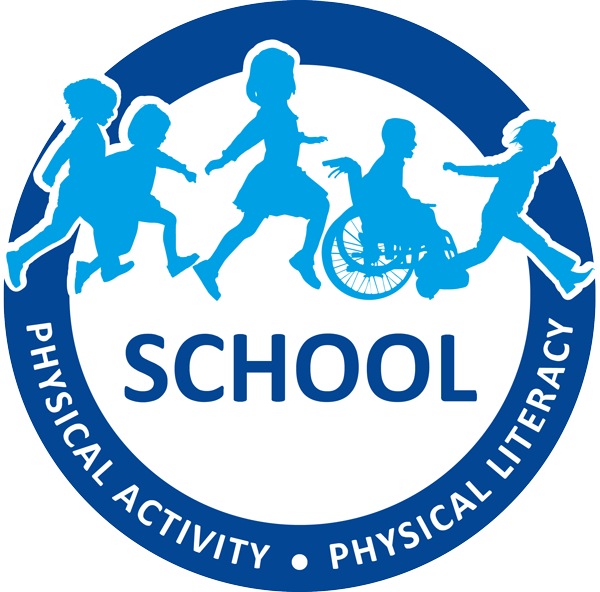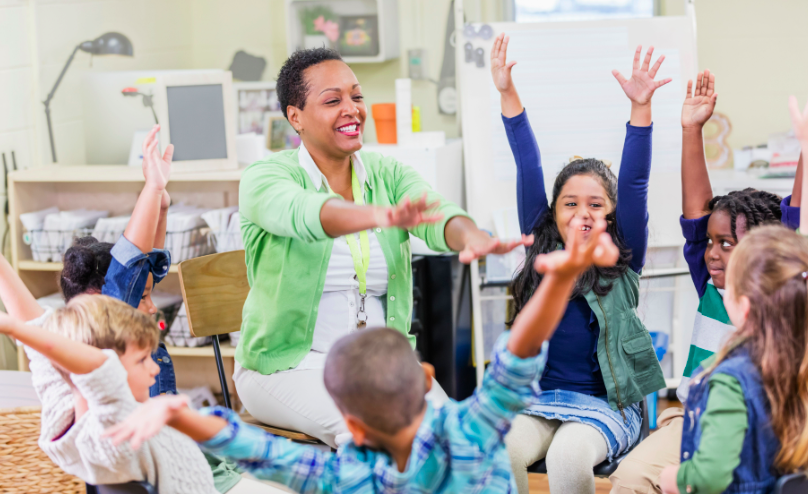Being a role model for students is one crucial way we can help them develop physical literacy— demonstrating positive physical activity habits can be an impactful way to encourage students to become active for life. But how can we do that?
Here are three ideas that you can implement, to become a physical literacy role model for your students:
#1. Encourage students to mimic your movements
Active role models are important!
When students watch educators being active, their own brain cells are engaged. If teachers demonstrate how to properly complete an activity – whether it’s stretching, jumping through hoola hoops or teaching students how to hop on one foot – students instinctively want to copy what’s being demonstrated. By using proper techniques in your demonstrations, you give students a visual aid on how to properly complete the task. This mimicry can lead to the student feeling confident and motivated to try new skills and build their existing physical competency.
So, rather than standing on the sidelines while kids are playing soccer, teachers can inspire their students by jumping into the mix and having fun alongside them!
#2. Promote diverse activities
During classroom time, share and promote a variety of activities and sports on classroom bulletin boards and within assignments. Sharing your own passion for basketball, jogging, swimming laps, etc., will give the students an idea of the diverse possibilities offered in sport and recreation, and make them more likely to try them out.
Seeing pictures or videos of their teacher doing these activities – or better yet, seeing it in person if possible– will make those activities seem less daunting, and increase the likelihood that they’ll engage in those activities during their extracurricular hours.
#3. Play Follow the Leader
A fun activity to explore with students is Follow the Leader, which can be adapted for the playground, the gym or the classroom. Take the lead with a long line of students behind you, and move through obstacles such as pylons or safety cones, demonstrating particular movement skills that can be copied by the students. These include hopping, skipping or crab-walking (and many others!). Once you’re confident that students understand how to complete the activity properly, give them an opportunity to take turns being the leader.
As students continue to develop their motivation and physical competency, teachers can make the activity more difficult by incorporating more difficult moves like clambering over playground features, using the monkey bars or running at a high speed.
For more ideas on how to develop physical literacy with your students, visit the School Physical Activity and Physical Literacy project website and PLAYBuilder.

